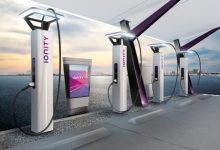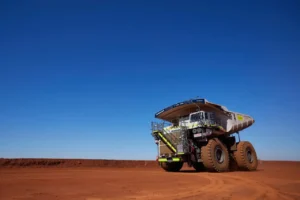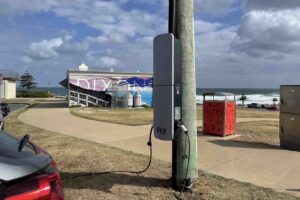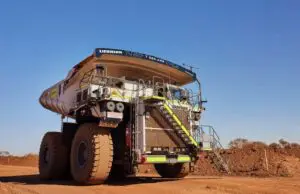One of the last advantages touted for the hydrogen fuel-cell electric vehicle (FCEV) over the battery electric car (BEV) is the speed of hydrogen refuelling vs battery charging.
With the recent start of the US and European roll-outs of 350kW chargers using the newly agreed 350 kW CCS standard (called Ultra-Fast charging to separate it from the 50 kW CHAdeMO and earlier 50 and 150 kW CCS fast-charging), that advantage has now effectively been lost.
350 kW charging would allow a 100 kWh EV battery to charge to 80% in less than 15 minutes. That equates to adding another 400 km worth of charge in the time it takes to drink a coffee. (Which, after travelling 450- 500 km if beginning on a full charge, you should be stopping for longer than that anyway!).
For owners with EV batteries around 40 – 60 kWh (the commonest battery sizes currently), an 80% charge would take 5 to 10 minutes after travelling 300 – 400 km.
By the way – why do I say ‘80%’ each time? That is because such fast-charging can create a lot of heat in the battery. As a result, it is better for the battery to not fully charge via an Ultra-Fast charger.
However, with the current crop of BEVs having ranges of 300 to 500 km, this is no longer the issue that the early BEVs of around 100 – 140 km range had.
And yes, hydrogen refuelling would take a little bit less time – but remember, for FCEVs you are locked in to always taking 5 min to refuel via a hydrogen station every time you need fuel (as well as actually finding a hydrogen station!) versus the couple of times a year that you would use ultra-fast DC charging on a long trip.
Ultra-fast DC charging is now rolling out across Europe with Ionity (a collaboration of BMW, Daimler, Ford, Volkswagen, Audi and Porsche) having now installed six stations and promising a total of 400 charger stations (with an average of six charging stalls each) to be installed by the end of 2019.
Meanwhile, Electrify America (the US$2 billion business to support EV charging set-up by VW as part of the settlement for Dieselgate) has begun installing 350 kW charging stations across the USA and Canada.
There is one caveat to the use of 350 kW chargers – they will only charge up to the maximum rate that the vehicle is capable of. Currently there are only a couple of BEVs that can use 350kW charging, but more are coming.
Another question is whether 350 kW charging the last word in EV charging speeds.
Technically, speeds greater that 350 kW present some quite difficult engineering challenges – however Tesla is already promising speeds greater that this if the promised Megachargernetwork for the Tesla truck is to meet the announced recharge times.
Summing up: given the paucity of hydrogen refuelling stations in the world (there are 36 in the whole of the USA and Canada for example), the speed that ultra-fast charging is rolling-out at, plus the future megacharger truck charging network from Tesla – I would suggest that the future is looking a whole lot dimmer again for the hydrogen car than it did even at the start of 2018.








